Embark on a cosmic journey from your own backyard! Explore 10 mesmerizing space phenomena waiting to be discovered
Namaste, stargazers! Ever felt like looking up at the night sky and wondering what cosmic
wonders are hiding up there? You don't need a fancy telescope or a trip to NASA to witness some truly amazing space phenomena. Turns out, your own backyard can be a window to the universe!
So, grab a cup of chai, step outside, and prepare to be amazed by these ten celestial events you can observe from the comfort of your home. No rocket science degree needed, just a pair of eyes and a sense of wonder. Let's get started and unravel the cosmic tapestry woven above us!
The Moon's Phases
Our nearest celestial neighbor, the Moon, goes through a beautiful cycle of phases, from the New Moon (when it's almost invisible) to the Full Moon (when it shines bright and round). Observing these phases is super easy. Just look up regularly and notice how the shape of the Moon changes each night.
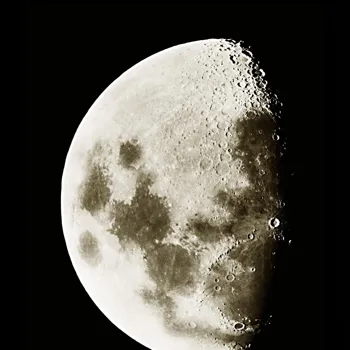
It takes about 29.5 days for the Moon to complete one cycle. Each phase like crescent, gibbous offers a different view of the lunar surface, revealing craters and shadows in unique ways. It's a simple yet captivating way to connect with the cosmos.
Meteor Showers
Imagine streaks of light flashing across the night sky! That's a meteor shower. These occur when the Earth passes through a stream of debris left behind by a comet. These are like cosmic firework displays, happening several times a year.
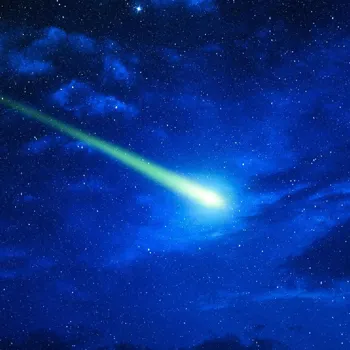
The most famous ones include the Perseids in August and the Geminids in December. Find a dark spot away from city lights, lie down, and look up.
With a little patience, you'll be rewarded with a dazzling show as tiny particles of space dust burn up in our atmosphere, creating those beautiful shooting stars.
Planetary Alignments
Ever seen a bunch of planets hanging out together in the sky? That's a planetary alignment! While a perfect alignment is rare, when multiple planets appear close to each other in the sky, it can be a breathtaking sight.
Look towards the east before sunrise or towards the west after sunset for the best view. Planets like Venus, Mars, Jupiter, and Saturn are often visible to the naked eye. It is a beautiful demonstration of our solar system's architecture of the planets.
The International Space Station(ISS)
Did you know you can spot a human-made object zooming across the night sky? That's the International Space Station (ISS), a giant laboratory orbiting Earth. It appears as a bright, fast-moving "star" and is a testament to human ingenuity.
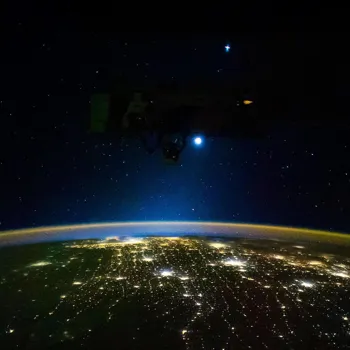
Websites and apps can tell you when the ISS will be visible from your location. It's truly amazing to think that you're watching astronauts conducting research hundreds of kilometers above you. It is an amazing site and reminds us of science working at its best.
Constellations
The night sky is like a giant connect-the-dots game, with stars forming recognizable patterns called constellations. Learning to identify constellations is a great way to get familiar with the night sky. Some well-known constellations include Ursa Major (the Big Dipper), Orion, and Taurus.
These patterns have been used for navigation and storytelling for centuries. There are many apps you can use to learn the locations of constellations in the night sky.
Lunar Eclipses
A lunar eclipse happens when the Earth passes directly between the Sun and the Moon, casting a shadow on the Moon. The interesting part is that one can visibly see the earth's shadow on moon and the phenomenon can be viewed and enjoyed in your backyard.
It can be a dramatic sight, with the Moon turning a reddish or orange color. Keep an eye on astronomy websites for details when it comes to next lunar eclipse.
Zodiacal Light
After sunset or before sunrise, in very dark locations, you might see a faint, cone-shaped glow extending upwards from the horizon. This is the zodiacal light, sunlight scattered by dust particles in the plane of our solar system. It is best observed during the spring and autumn equinoxes.
It's a subtle but beautiful reminder that our solar system is filled with more than just planets. It's hard to spot in the city, so you might need to travel to a darker location.
Satellites
Apart from the ISS, many other satellites are constantly orbiting our planet. You can often spot them as faint, moving points of light in the night sky. Unlike airplanes, satellites don't have flashing lights. They simply reflect sunlight, so they appear as steady points of light crossing the sky.
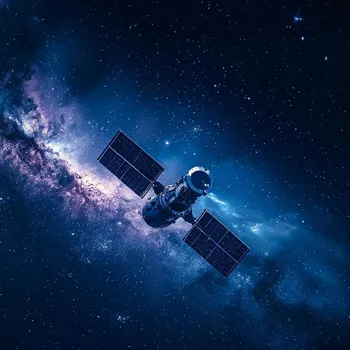
It's a reminder of how connected we are in the modern world, constantly sending and receiving signals from space.
Venus, the Evening/Morning Star
Venus is often referred to as the "Evening Star" or "Morning Star" because it's often the brightest object in the sky after the Sun and Moon. Its brightness is due to its highly reflective atmosphere and its proximity to Earth.
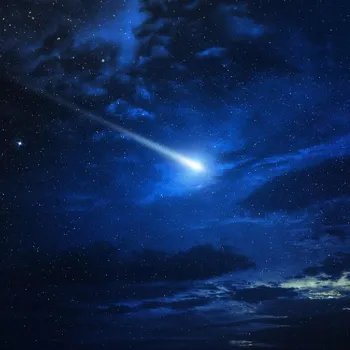
It can be seen as a bright, steady light in the eastern sky before sunrise or in the western sky after sunset. It’s a beautiful and easily recognizable celestial object.
Aurora Borealis (Northern Lights)
While not visible from all parts of India, if you find yourself travelling to higher latitudes especially towards the north, you might get a chance to witness the magical Aurora Borealis, also known as the Northern Lights.
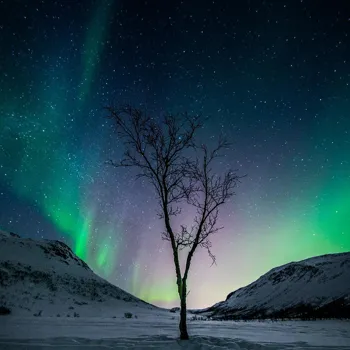
These shimmering curtains of light are caused by charged particles from the Sun interacting with the Earth's magnetic field. The lights can glow green, pink, purple, and red, dancing across the sky. It’s a truly unforgettable experience!
Ten amazing space phenomena to observe from your backyard
There you have it - ten amazing space phenomena you can observe from your own backyard! Whether you're a seasoned stargazer or a curious beginner, the night sky has something to offer everyone. So, step outside, look up, and prepare to be amazed by the wonders of the universe. Happy stargazing!
















